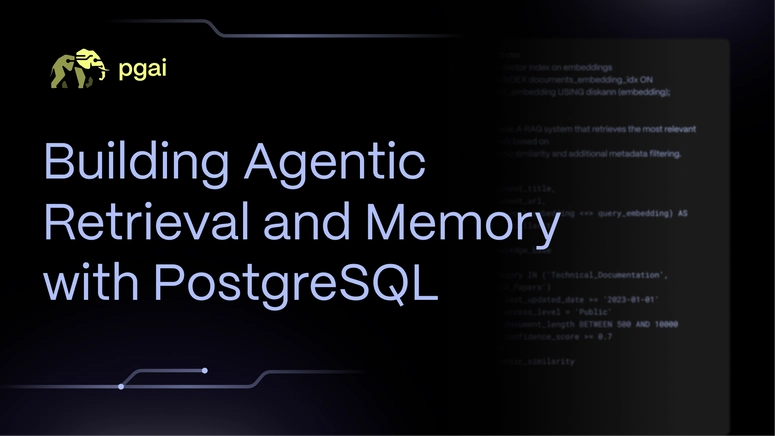Introduction
In the world of PCI DSS compliance, businesses must frequently undergo security scans to identify vulnerabilities and ensure sensitive payment data remains safe. While these scans are critical, they can sometimes produce false positives—alerts that signal issues where there are none due to unique configurations or third-party services.
One common alert businesses encounter is the "TCP Source Port Pass Firewall" warning, which may indicate that a host responded to probes on one source port (usually associated with DNS) but not on others. Let’s explore why this specific alert often results from legitimate traffic routing and how to resolve it confidently.
Understanding the TCP Source Port Pass Firewall Alert
The alert in question might look something like this:
“The host responded 4 times to 4 TCP SYN probes sent to destination port 24567 using source port 53. However, it did not respond at all to 4 TCP SYN probes sent to the same destination port using a random source port.”
Proverbs 3:5-6
In simpler terms, this alert suggests that the firewall is allowing TCP traffic on destination port 24567 when the source port is set to 53 but is blocking the same destination port when accessed from other, random source ports. Automated PCI DSS scans may flag this as a potential vulnerability, suggesting inconsistent firewall behavior that could theoretically allow unauthorized access.
However, this alert is likely a false positive for companies that use Cloudflare or similar CDN (Content Delivery Network) services. Because Cloudflare manages traffic through a secure network using dynamic IPs and customized routing, certain probes may be flagged even though they reflect normal, secure operations. These probes do not reach the internal network but instead reflect Cloudflare’s legitimate traffic handling.
Steps to Resolve This False Positive
If you encounter this type of alert, follow these steps to assess and document it as a false positive:
Check the IP Source: Identify if the flagged IP is part of a CDN or proxy service like Cloudflare. In this case, any responses to probes on port 24567 are likely due to Cloudflare’s security and routing protocols, not a misconfiguration in your network.
Review Firewall and Network Policies: Ensure your firewall settings securely control access to critical ports, like port 53. This will confirm that any unique responses are coming from your CDN rather than an internal vulnerability.
Submit a False Positive Report: Once you’ve documented the details, submit a report to your PCI DSS scanning provider. The report should explain that the alert stems from legitimate Cloudflare traffic and confirm that your network remains PCI-compliant and secure.
Conclusion
Maintaining PCI DSS compliance requires diligence, and that includes correctly identifying and resolving false positives. By understanding common alerts like the TCP Source Port Pass Firewall and documenting them accurately, you can ensure your compliance status remains correct without unnecessary remediation.
For a sample report template that you can send directly to your PCI scanning provider, download the False Positive Report: TCP Source Port Pass Firewall (CVSS Base Score 5.0) document here.




Top comments (0)